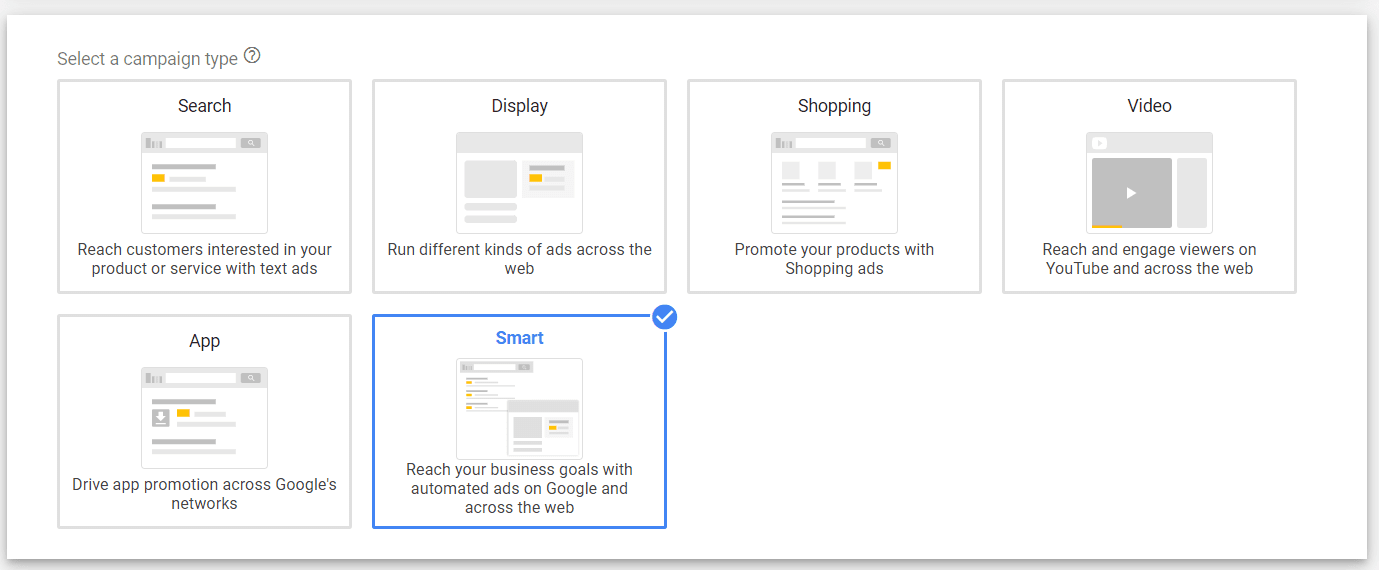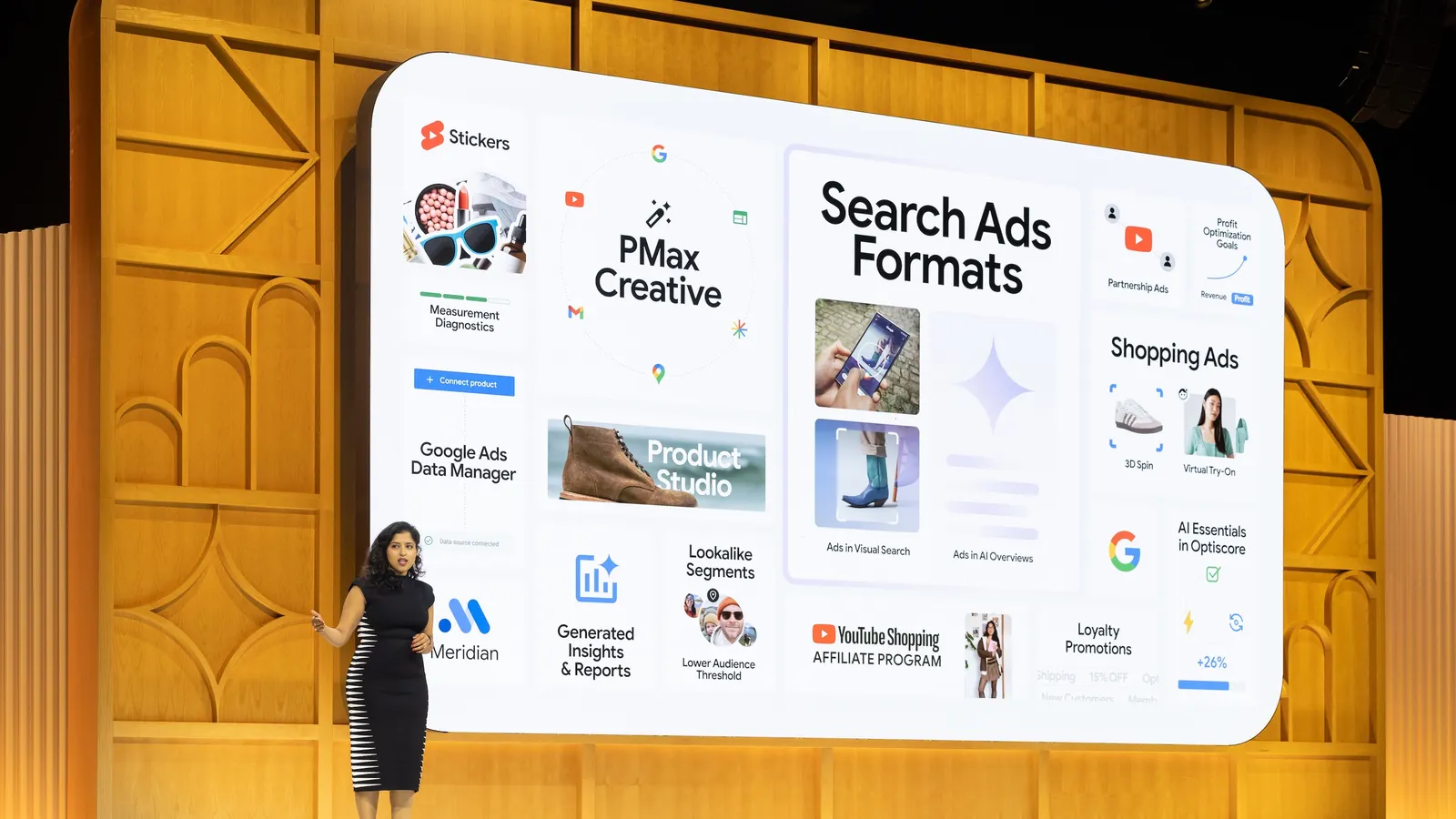Automation has become one of the biggest selling points in paid media. Google, Meta and other platforms consistently push smart campaigns and automated bidding strategies as the ‘easy’ option for marketers. It’s an appealing concept: save time, let machine learning optimise your campaigns, and achieve better results with less effort.
But are smart campaigns always smarter?
The reality is more complex. While automation has undeniable benefits, it can also mask inefficiencies, limit control, and even increase costs if left unchecked. In this blog, we’ll explore the hidden cost of automation, when smart campaigns work well, and when advertisers need to take back control.
Why are smart campaigns so appealing?
- They promise simplicity – Smart campaigns are designed for busy business owners and under resourced marketing teams. Instead of managing keywords, placements and bids, the platform automates these decisions based on its algorithm.
- They have a lot of data to back up their choices – Platforms like Google have access to real-time intent data, audience signals and cross-device behaviour that no marketer could replicate manually.
- They scale quickly – For advertisers running multiple campaigns across different channels, automation reduces time spent on manual optimisation, freeing up resource to focus on creative, strategy and broader marketing initiatives.
In summary, automation reduces complexity, but that doesn’t mean it’s more effective as a paid media strategy.

The hidden costs of smart campaigns
- Loss of transparency and control Smart campaigns limit visibility into performance data. Advertisers often can’t see search term reports in detail, they may find themselves experiencing less and less control over what search terms trigger their ad to show. Placements may include irrelevant websites or apps without easy visibility, and budget allocation decisions are made by the algorithm, not the marketer. Without this transparency, advertisers risk paying for clicks and impressions that don’t align with their goals.
- Optimising for platform goals instead of business goals
Google’s automation is designed to maximise clicks, conversions or reach depending on the objective chosen.Where some businesses can struggle with this is when you need high-value / qualified leads, rather than lead volume. Smart campaigns are effective in driving lead volume, but without any indication on the value of those leads, it can be led astray leading to an influx of low-quality conversions which eat up budget and don’t benefit ROI. We’ve seen how smart campaigns can sometimes flood B2B businesses in high-ticket industries with form fills that look good on paper, but don’t translate into business value.The fix isn’t to abandon automation altogether but to layer in human oversight. By integrating CRM data, building negative keyword lists and aligning campaigns with the audience you can steer automation towards quality as well as quantity. That’s one way an experienced paid media team adds value.
- Over-reliance on automation leads to complacency
The set and forget mindset is tempting, but automation doesn’t remove the need for strategic input. Without active oversight, advertisers risk missing opportunities to refine targeting, test creative, or adjust budgets based on market shifts.
- Hidden costs in CPC and CPA metrics
Automated bidding can inflate CPCs and CPAs when left unchecked. Smart campaigns compete broadly and advertisers may end up chasing audiences outside their ICP.Scenario: Google understands context behind searches more and more each day, but that can lead to it bidding on a term that isn’t niche enough for your business > if that term is in a competitive market you could see higher CPCs > if by chance you receive a conversion while in that auction, it sends a signal to Google that it should place ads there more frequently, but since it isn’t niche enough for your business the conversion rate will eventually decline and the CPA will likely increase, all the while you’re paying a higher avg. CPC for clicks you don’t really even want!
While smart bidding can look efficient on the surface, there could be hidden inefficiencies that go unnoticed due to lack of experience, or that ‘set and forget’ mindset.
When smart campaigns work well
It’s not all doom and gloom though, and automation certainly isn’t the enemy. It’s a tool, and the key to succeeding with it is to know when and how to use it.
- For small businesses: smart campaigns do make advertising more accessible without in-house expertise or high media investment
- For campaigns with a lot of data: machine learning thrives on large datasets. High-volume accounts often benefit from features like automated bidding and dynamic ads
- When it comes to repetitive automation like applying bid adjustments, dynamic retargeting and broad audience testing, machine learning can reduce the manual burden and genuinely save hours each month
In 2025, smart campaigns do offer a real advantage when it comes to visibility in Google’s AI Overviews and, looking ahead, potentially AI Mode some day too. Google is going to continue integrating AI-driven search features and advertisers that lean into automation are better positioned to secure placements in these new environments. For many businesses, this means that smart campaigns aren’t just a time-saver, they’re a way to futureproof visibility as the search landscape and user behaviour shifts.

When manual control outperforms automation
On the other hand, there are times when marketers should maintain their control and the benefit of automation doesn’t quite outweigh the risk.
- Niche B2B campaigns with long sales cycles and low lead volume don’t always thrive with automated bidding. If the campaign doesn’t have enough conversion data, the machine learning doesn’t have enough of a benchmark to know what to aim for.
- High-ticket services where lead quality matters more than volume, this is specifically prevalent in accounts where the core conversion action is a form submission, and even more so if your form doesn’t have spam filters. If you aren’t sending signals back to Google to qualify leads or mark their value, machine learning can chase after the leads that are easier to achieve (spammy), but provide less value to your business.
- Brand-sensitive industries! If it’s vital to maintain control over where your ads are placed, smart campaigns might not be for you.
Striking the balance between human and machine
Paid media thrives when automation and manual control is combined, and the perfect solution differs for each businesses needs, data infrastructure and ad stack, but some good questions to ask yourself to start are:
- Are you in a position to consider scaling? Bidding, budget pacing and broad audience discovery can help with this.
- Do you have enough control over your strategy at the moment? Things like messaging, segmentation and assessing conversion value benefit from human provided knowledge and context on your business.
- Do you have enough time to audit a smart campaign regularly? Search terms should be reviewed at least monthly, you should know which ad placements drive the highest ROI.
Remember, it doesn’t have to be all or nothing. Why not test automated bidding, but maintain control over ad testing? Or you could run a PMax campaign while also testing a manual shopping campaign set up.
Final thoughts
Smart campaigns aren’t ‘bad’. In fact, I personally use them a lot & see success from them most of the time (after iterations of testing!), but they aren’t a one-size fits all solution. Automation can drive efficiency, but it can also hide the inefficiencies.
For businesses serious about growth and paid media, the question shouldn’t be on whether you should use smart campaigns or not, but more so how you can use them strategically without losing control.
At Hallam, we believe the answer lies in a balanced approach, leverage automation where it excels, but always apply human expertise to guide your strategy, protect your budgets and ensure your campaigns serve your goals.
If you want to know how our Organic team feels about automation, our Head of Organic, Dan McCartney, did a great blog Automation in SEO: When to use it, and when to think twice.





